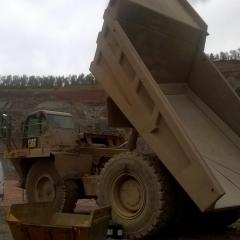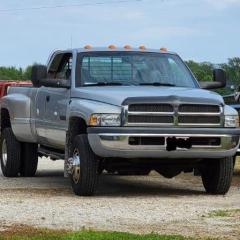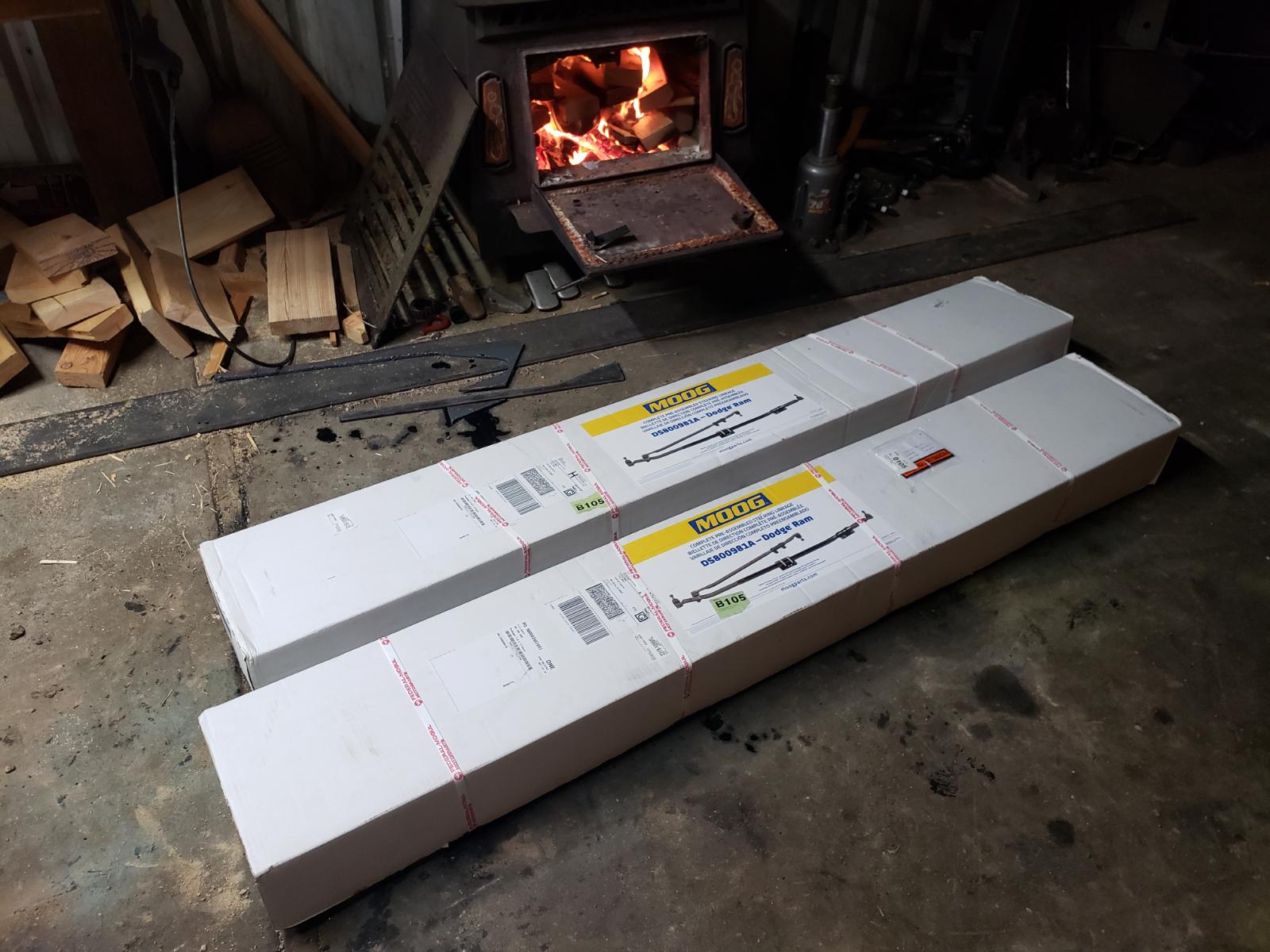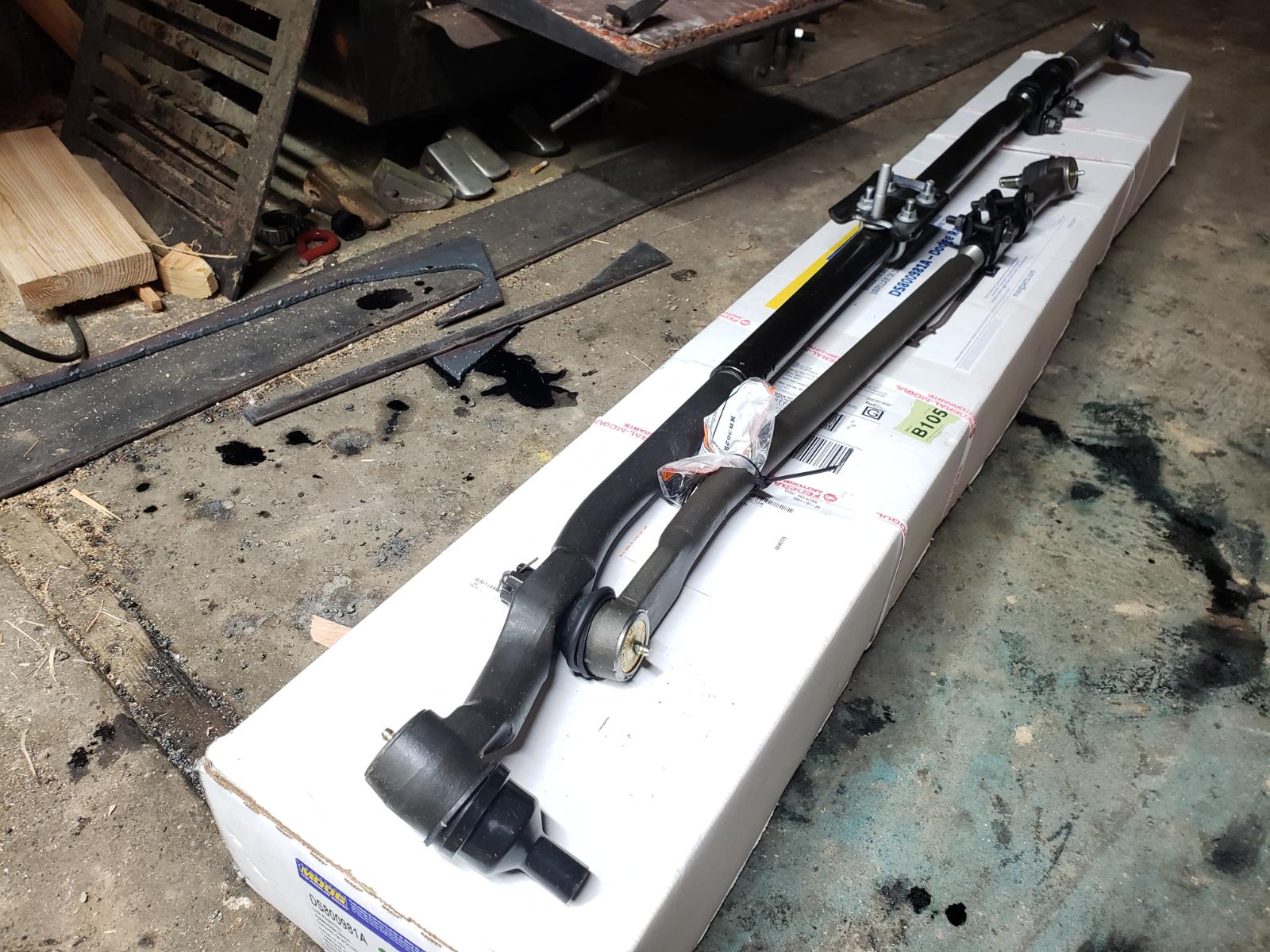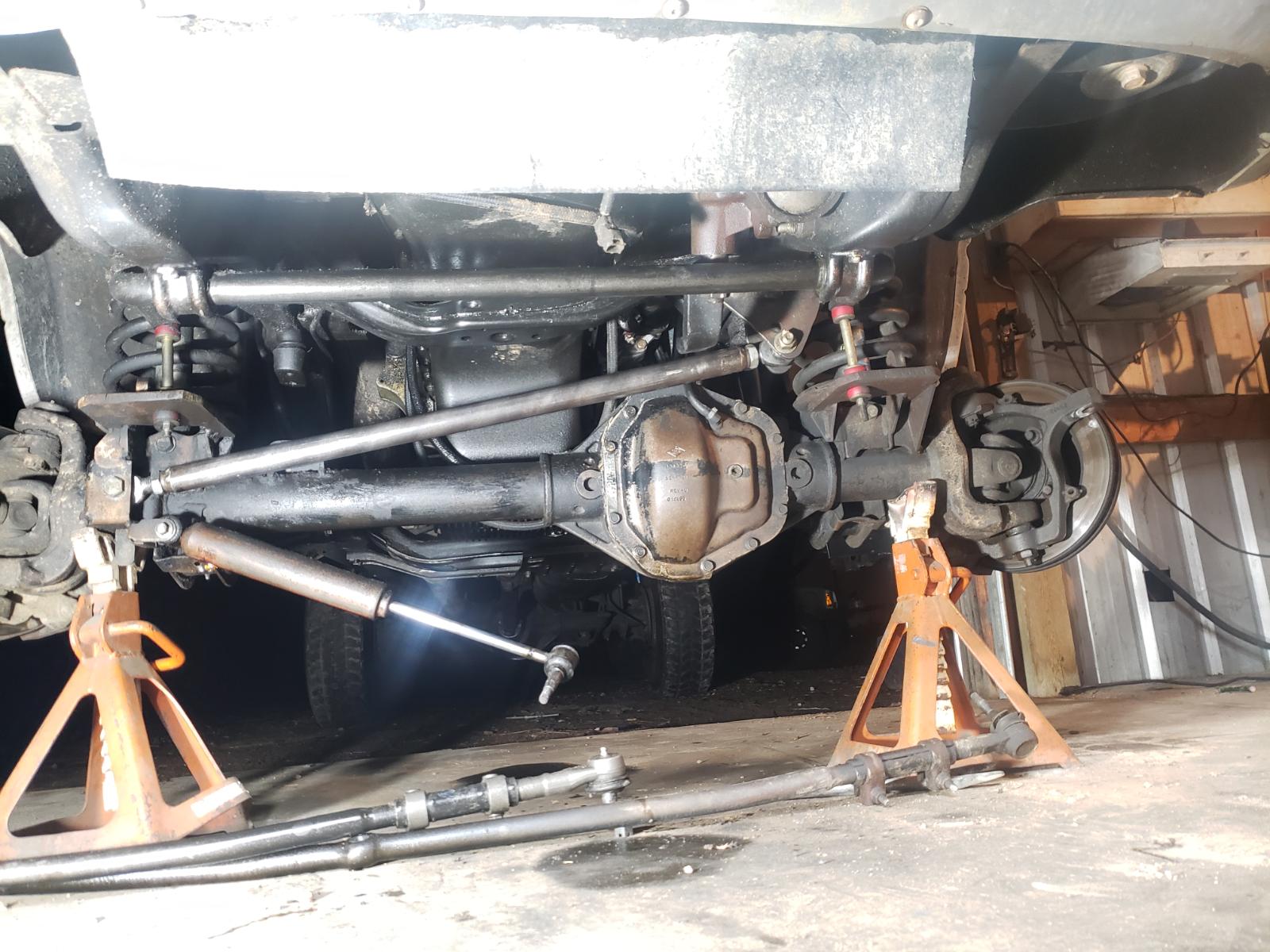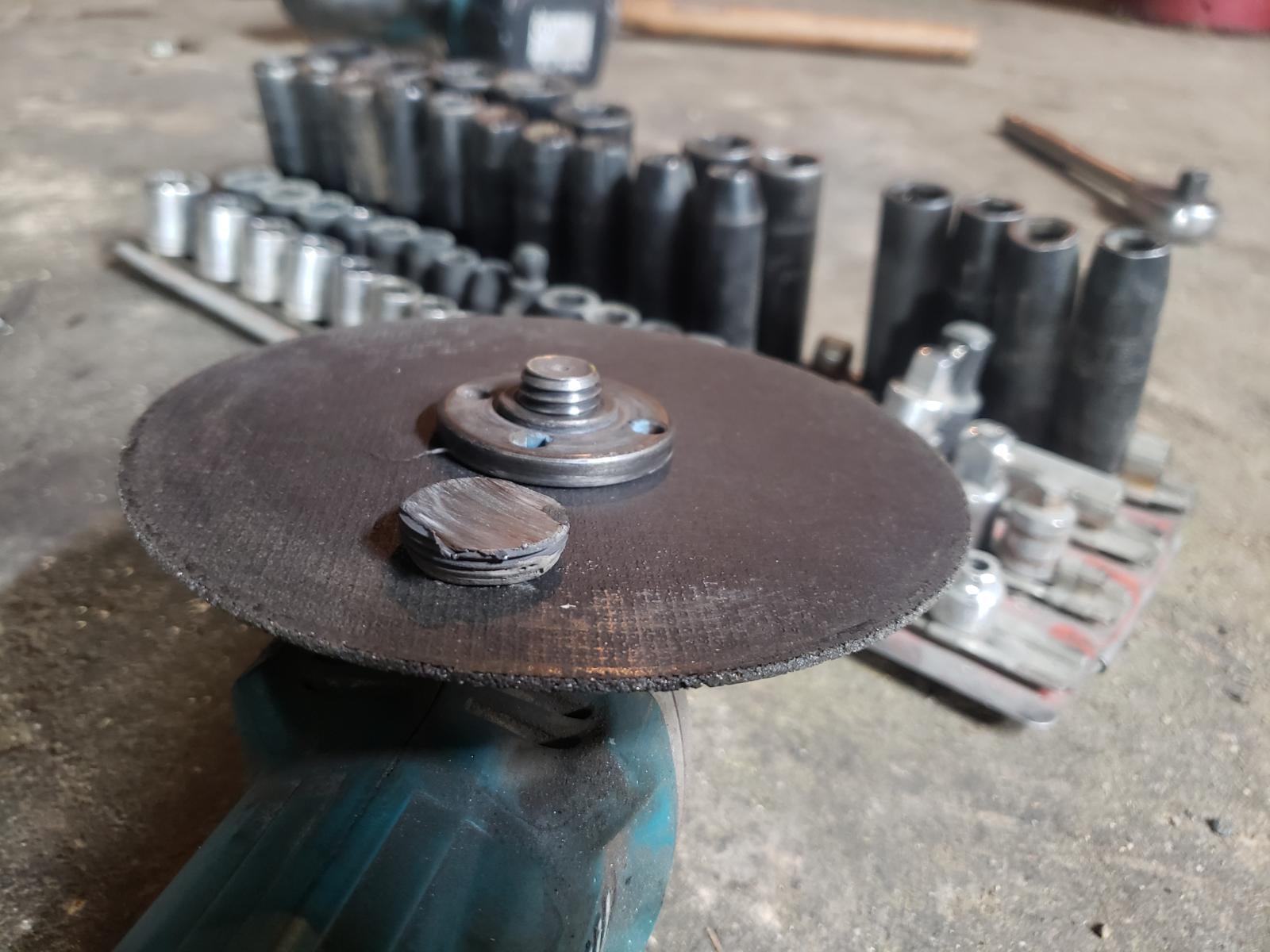Leaderboard
-
in all areas
- All areas
- Marker
- Events
- Event Comments
- Files
- File Comments
- File Reviews
- Images
- Image Comments
- Image Reviews
- Albums
- Album Comments
- Album Reviews
- Blog Entries
- Blog Comments
- Topics
- Posts
- Cummins Articles
- Cummins Article Comments
- Cummins Article Reviews
- Vendors
- Vendor Comments
- Vendor Reviews
- Ads
- Ad Comments
- Ad Reviews
- Policies
- Policy Comments
-
Custom Date
-
All time
December 14 2009 - July 22 2025
-
Year
July 22 2024 - July 22 2025
-
Month
June 22 2025 - July 22 2025
-
Week
July 15 2025 - July 22 2025
-
Today
July 22 2025
-
Custom Date
02/03/2021 - 02/03/2021
-
All time
-
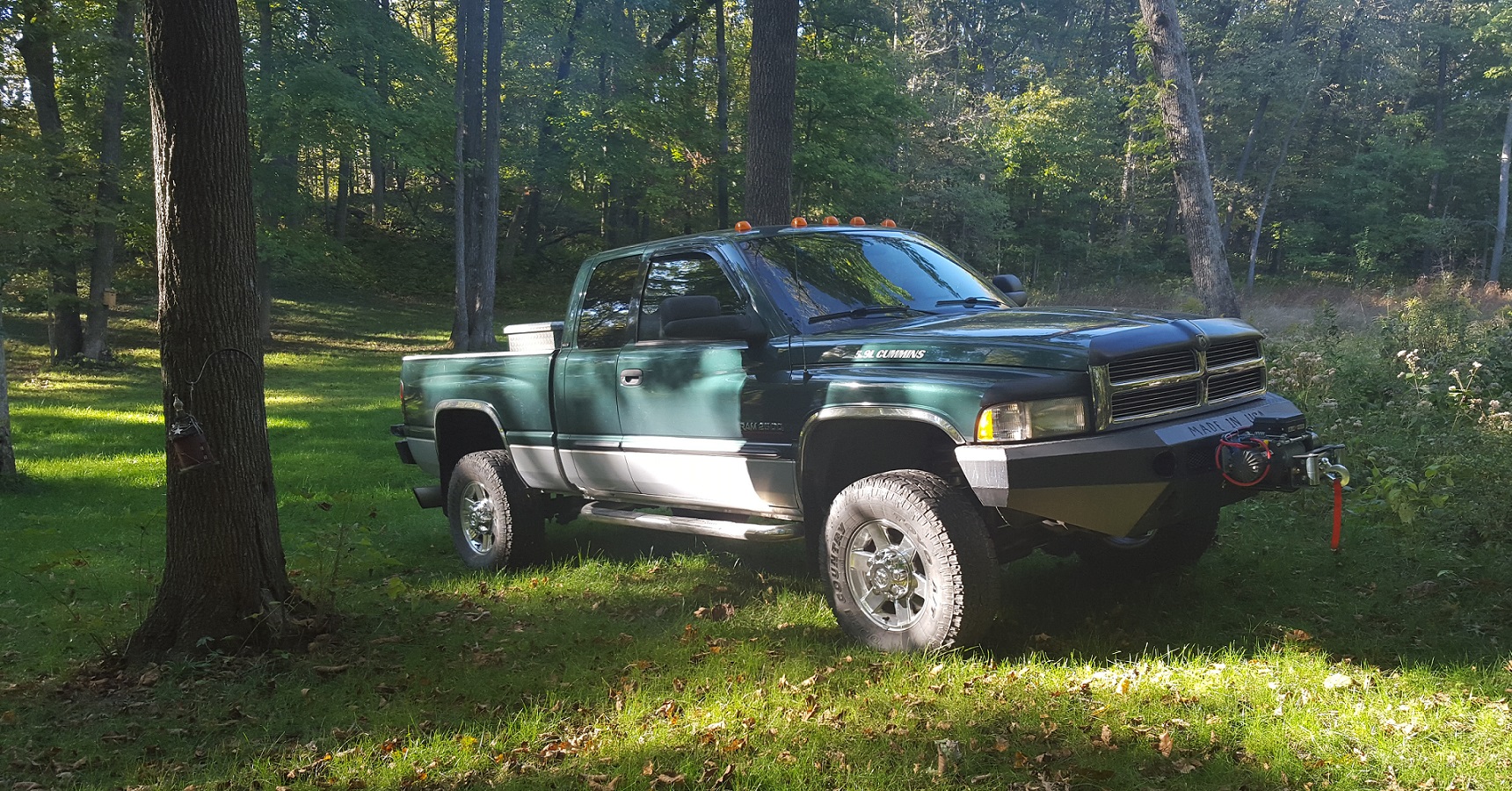
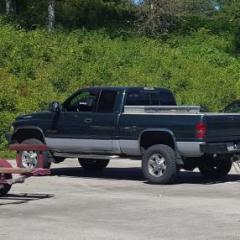
Dieselfuture
Yearly Subscription6Points5,783Posts -
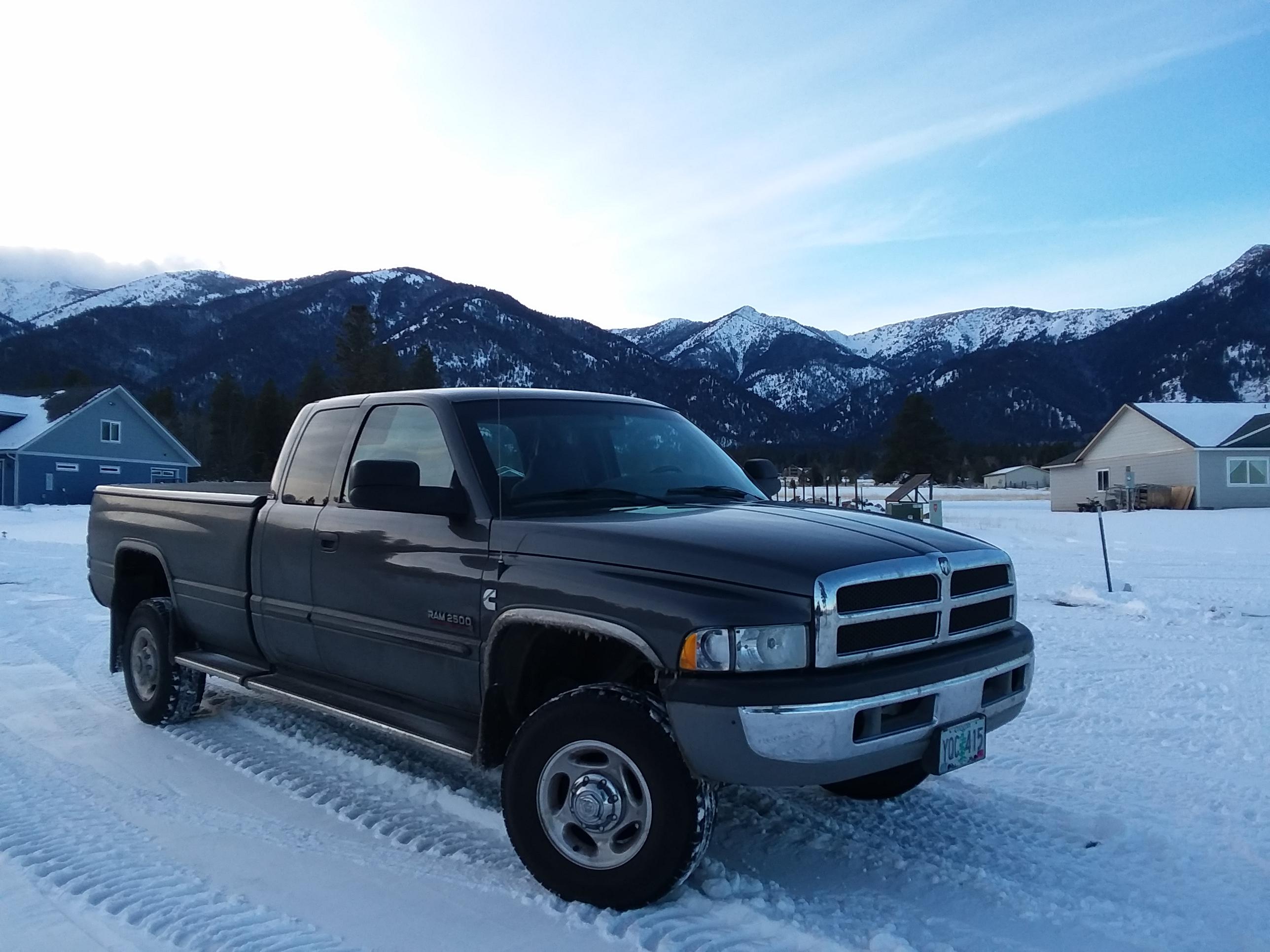
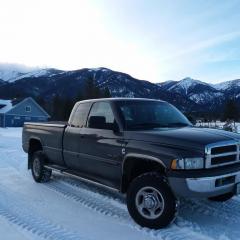
Tractorman
Yearly Subscription4Points1,457Posts -


LorenS
Yearly Subscription3Points996Posts -

dripley
Retired Staff2Points11,788Posts
Popular Content
Showing content with the highest reputation on 02/03/2021 in all areas
-
Possible Game Changer for lighting our trucks $211
Ok gotcha. Why do we keep messing with these damn old dinosaurs3 points
-
Battery Temp Sensor question
2 pointsEven if the output wire of the alternator is routed to the battery with the battery temperature sensor and that battery has a shorted cell, the battery temperature sensor will not stop the alternator from doing what it is commanded. From the example I gave previously: the shorted cell demands 50 amps (this time the driver side battery), the rest of the electrical system demands 25 amps (75 amps total). Let's say the battery temperature sensor tells the PCM to target for 13.8 volts. At the moment the alternator will be commanded by the electronic voltage regulator inside the PCM to reach the target voltage of 13.8 volts. To maintain that voltage, the alternator must keep delivering 75 amps. The battery temperature begins to rise (because of the shorted cell) so the battery temperature sensor sends this information to the PCM. The PCM decides to reduce target voltage to 13.5 volts, but nothing else has changed - the shorted cell still draws 50 amps and the remaining electrical load of 25 amps is still there, so the alternator continues to deliver 75 amps - 50 amps of unnecessary power to the shorted cell . This cycle will likely continue until the battery temperature sensor reaches its lower limits (which would have to be above battery static voltage), or the battery reaches a point that it can dissipate heat as rapidly as it is generating heat. But, meanwhile, the alternator will continue to do what it is commanded to do, and that is to deliver whatever amperage is needed to fulfill the target voltage. If the battery temperature sensor had the ability to limit target voltage to below normal battery static voltage, then many electronic components would be compromised - much more costly than an alternator. @Mopar1973Man, gives good examples of the benefits of performing equalizing charges on batteries to extend their life with his solar charging system for his house. But equalizing charges may not be as effective with some of our truck batteries. Not all batteries are equal when it comes to the quality of construction of the battery. Many times the failure of older batteries is simply the infrastructure supporting the cells fails and creates open or shorted circuits. Our trucks do not give batteries the smoothest ride. Good batteries and good electrical connections are key to long lasting alternators and electronic components. - John2 points
-
Good tow turbo setup for near stock 24v
You must of had an auto not a 6spd Now we know how you learned all about these transmissions2 points
-
Battery Temp Sensor question
2 pointsIt won't. Being if the hot battery was being monitor now the charge voltage would of drop super low and undercharged the battery and being its a shorted cell it would of created less charging voltage and left with weak starting batteries. Battery temp sensor is ONLY for setting the charge voltage NOT to protect from runaway charging with bad batteries. Again it only sets the charging voltage base on battery temperature. It is not used as a fail safe to prevent boiling over a shorted cell battery. Again this system is design for maintaining proper voltage for charging based ON WEATHER. Cold winter days require more charging voltage to get the battery up to temp to charge properly. Then in hot summers reduce the battery temperature to prevent boiling over. The old Mopar External regulator was based on under hood temperature this was used from the early 60's to early 90's. These little regulator boxes where mounted in special location to detect under temperatures but the system was flawed and typically boiled batteries over and then in the summer when overheating the engine would under charge. This was updated in the modern system to detect only 1 battery being both battery are bound together. Being cell temperatures can vary from one battery to the other it up to the owner to replace batteries as a pair, inspect cables that have excessive voltage drop and test batteries separately. Again battery temperature sensor is NOT to protect against shorted cell batteries. Cell that shorted out is because the lead plate start to sulfate and the debris piles up in the bottom of the battery now shorting the cell plates out. Now if @JAG1was doing his equalizing charge on the batteries then the that sulfation would of been pull back into the plates and saved the batteries. It's not the temperature sensor job to do this either. Again it only sets the charge voltage to what the battery temperature is.2 points
-
Possible Game Changer for lighting our trucks $211
1 point
-
volt gauge at 0
1 point@dripley, this may be a place to start. This is the operational description of the voltage gauge from my 2002 repair manual. This may at least explain why your problem corrected itself for now. Hope this helps, - John Operation The voltage gauge gives an indication to the vehicle operator of the electrical system voltage. This gauge is controlled by the instrument cluster circuit board based upon the cluster programming and electronic messages received by the cluster from the Powertrain Control Module (PCM) over the Chrysler Collision Detection (CCD) data bus. The voltage gauge is an air core magnetic unit that receives battery current on the instrument cluster electronic circuit board through the fused ignition switch output (st-run) circuit whenever the ignition switch is in the On or Start positions. The cluster is programmed to move the gauge needle back to the low end of the scale after the ignition switch is turned to the Off position. The instrument cluster circuitry controls the gauge needle position and provides the following features: † Charge Fail Message - Each time the cluster receives a message from the PCM indicating a charge fail condition (system voltage is 10.8 volts or lower), the gauge needle is moved to the 8 volt graduation on the gauge scale and the check gauges indicator is illuminated. The gauge needle remains on the 8 volt graduation and the check gauges indicator remains illuminated until the cluster receives a message from the PCM indicating there is no charge fail condition (system voltage is 10.9 volts or higher, but lower than 16.7 volts), or until the ignition switch is turned to the Off position, whichever occurs first. On models equipped with the optional diesel engine, the instrument cluster is programmed to support the voltmeter gauge needle above the low end of normal graduation and suppress the check gauges indicator operation until ten seconds after the engine intake manifold air heater has completed its cycle.1 point
-
Good tow turbo setup for near stock 24v
It was loud, not all that comfortable to drive long distances, and I was ALWAYS fighting EGTs...I'm not sure a 6 speed would have helped much with any of that! It did have fairly decent power, though. But I much prefer the truck I currently drive in that regard as well. Just my opinion, though... I never did build a complete transmission for that truck. I never needed to or, obviously, I would have. But I did use it to develop the valve body packages (especially the pressure control and shift calibrations) that I use now. I bet I had the valve body out of that truck 100 times...1 point
-
volt gauge at 0
1 pointECM and PCM both talk to the cluster. Fuel Guage and volt gauge is from the PCM. The oil pressure, coolant temp, tach are cover by the ECM. As for speedometer the ABS talks to the cluster.1 point
-
Drawstraw Users - How low can you go?
Well I am the crazy one. Both return lines to the basket along with the pick up. I dont know the fuel temp. My last VP went 270k+ and about 245k of that was on that set up. I also like to run my tank low between fill ups running the interstates. I am not trying to cast doubt on whats being said, its just how I roll. also never had a over temp code from the fuel. I dont know how hot it gets.1 point
-
Hey.... Just Morning Coffee and Wired Up Chat........
I have a roof rake similar to that. Only trouble is when your'e at the bottom doing the removal you get snowed on.1 point
-
Hey.... Just Morning Coffee and Wired Up Chat........
I seen it few years back, was going to make one but never need it so ... But hey I remembered that I seen it Whatever works, this one seems like a good idea. Need to be light and strong though, that's probably the cost of it.1 point
-
37x12.5x16.5 military tires on 2nd gen. Plus 03-12 upgrade steering
1 point
-
Good tow turbo setup for near stock 24v
I get it , it's not so much being born in usa it's the mind set. I've met a lot of people that weren't born in USA that are more American than some Americans that we're born here.1 point
-
Good tow turbo setup for near stock 24v
1 point
-
Hey.... Just Morning Coffee and Wired Up Chat........
Looks like something a concrete float guy would use in the off months!1 point
-
Good tow turbo setup for near stock 24v
1 point
-
Hey.... Just Morning Coffee and Wired Up Chat........
Thanks... I pass this along to my friend Andrew and he might like the idea.1 point
-
Good tow turbo setup for near stock 24v
Oh boy... Don't get me started! I really, really wanted to like my 2nd Gen, and I really, really tried! But, alas, I just did not care for that truck.1 point
-
37x12.5x16.5 military tires on 2nd gen. Plus 03-12 upgrade steering
Lol. I got the 16" from a pipe supply house. It was damaged said do not use1 point
-
VP44 return line question
1 pointMy return lines are not what came with the truck and my lift pump is mechanical so I'm happy with my pressures, all I'm trying to say is return lines DO have an impact on fuel pressure but hey what do I know1 point
-
Battery Temp Sensor question
1 pointCorrect. @Tractorman Battery temp sensor isn't design for detecting shorted cells. Only to set the maximum charge voltage. Colder the temperature the higher the level goes. The warmer the battery the lower it goes. I've seen from 13.2 to 14.8 volts as a range. Battery temp sensor will not protect anything. Even in @JAG1case there is no way to stop a shorted battery from getting hot and drawing more current. No matter what battery had the sensor the only thing is might of had a weak battery in the morning (sensing high battery temp) or in his case sensing the cooler battery and boil the electrolyte out of the shorted battery. Either way its not the battery temp sensor job it the owners job to replace the bad batteries (as a set) and then clean and test his terminals. Again battery temp sensor will not protect alternators or batteries just sets the voltage based on temperature.1 point
-
Battery Temp Sensor question
1 pointI think that there is some misunderstanding regarding the purpose of the battery temperature sensor. The following is my understanding of how the charging system works: The battery temperature sensor is there to determine the target upper limit voltage of the charging system based on the temperature of the battery. By regulating the upper limit voltage (target voltage) at different values for different ambient temperatures, it gives a longer life span for the batteries. The battery temperature sensor does not control alternator output voltage at any time when the electrical load drops below the target voltage. Example: It's a hot day. The battery temperature sensor dictates target voltage to be 13.8 volts. @JAG1has wired his alternator output wire to the driver side battery because WT said so.... just kidding here. The passenger side battery has a shorted cell that is drawing 50 amps. The rest of the electrical load is 25 amps - a total of 75 amps. Charging voltage will fall below the targeted 13.8 volts and the internal voltage regulator in the PCM will tell the alternator to pick up the pace and put out whatever amperage is necessary to reach the target voltage of 13.8 volts. In this case the alternator will need to charge continuously at the 75 amp rate. So, moving the alternator output wire to the driver side battery does not help in this scenario. As @Mopar1973Man has said many times...., the batteries and electrical connections have to be in good operating condition so the charging system can operate properly. Demanding that the battery temperature sensor should be able to protect the alternator is akin to saying that the engine thermostat should be able to protect the engine when the radiator is plugged. or the water pump has stopped turning. - John1 point
-
EGT temps - running high?
1 pointI must say these trucks do look good on 35s, especially the long beds. That said, I'm rolling on 30.5" tires. 41 years old, two kids under five. My cool days, if I ever had any, are behind me!1 point
-
Possible Game Changer for lighting our trucks $211
By what I read if you were to hold a halogen bulb next to the led bulb with the bases even, where the bases fit into the housing, that the led chip should be at the same distance as the filament in the halogen from the base. Once I installed mine into the housing and liked what I saw I never took it out to compare. So needless to say the above info was found after I installed mine and I am to lazy to take them out and see if they are close. Now these lights are not a big game changer. Right now mine reach about the same as the halogens but light is brighter. I have had them aimed higher with good results but they seemed to me to be to high for on coming traffic. No one flipped their high beams at me but I dont think anyone knows how to do that anymore. I based my adjustments on how the beams hit a vehicle in front of me, as in did I light there passenger compartment up at a stop light or not. The LED's I used were LASFIT LC6 9004. Plug and play. At $35 for the pair. I was into the whole deal for less than $150.1 point
-
Good tow turbo setup for near stock 24v
If you do end up doing a manual swap I would recommend finding and nv5600 or g56 six speed transmission. I’ve got the nv4500 transmission which is great, don’t get me wrong, but the split in ratio between third and fourth gears is huge. With my 285/65 tires and 3.55 axle gears, the truck will go from 2300 rpm when I shift out of third down to 1250 in fourth. That’s fine for normal around town driving but towing it’s a pain for sure. I’ve since added a gear vendors overdrive to the truck, and this eliminates that dead spot between gears but hindsight says I should have just found a 6 speed transmission to put in it.1 point
-
37x12.5x16.5 military tires on 2nd gen. Plus 03-12 upgrade steering
This truck I slapped together in short time to go play had 2.5 ton duce axles with 6.72 ratio and 46" military tires that weren't light, but because of ratio I had no issues, just needed a front locker. This truck had same axles but instead of 46" I used 52" had to build a bbc for that one to compensate, still top speed was slower than before I swapped the axles, I believe I was close to 2800 rpm at 70mph, yeah I drove it on hwys my dream was to put a cummins in it. Life changed that. I don't have any regrets thought.1 point
-
37x12.5x16.5 military tires on 2nd gen. Plus 03-12 upgrade steering
mike must be busy! He is a big advocate of standard size or smaller tires and he let is go. What is the world coming to!!!! Ohhhh the humanity1 point
-
DAP 7x.010 VCO Injectors
1 pointUmmm... I'm not that small. Stock 245/75 R16's (30.5 Inches) early 2nd Gen tire size.1 point
-
37x12.5x16.5 military tires on 2nd gen. Plus 03-12 upgrade steering
Evan runs a Cat thru your house if you say anything.1 point
-
37x12.5x16.5 military tires on 2nd gen. Plus 03-12 upgrade steering
One truck down, drives way way nice. I have everything a shot of grease and drove down the rd making a few drag link adjustments to center steering wheel. I did cut about a 1/4" off drag link to adjust wheel to center on Jack stands had drag and tie rod at pitman arm touching inside adjuster sleeve . I was worried I'd get some bump steer because I set track bar to match factory steering. Got lucky not even a hint of bump steer, see no reason to spend time putting a steering stabalizer back on.1 point
-
Drawstraw Users - How low can you go?
0 points




